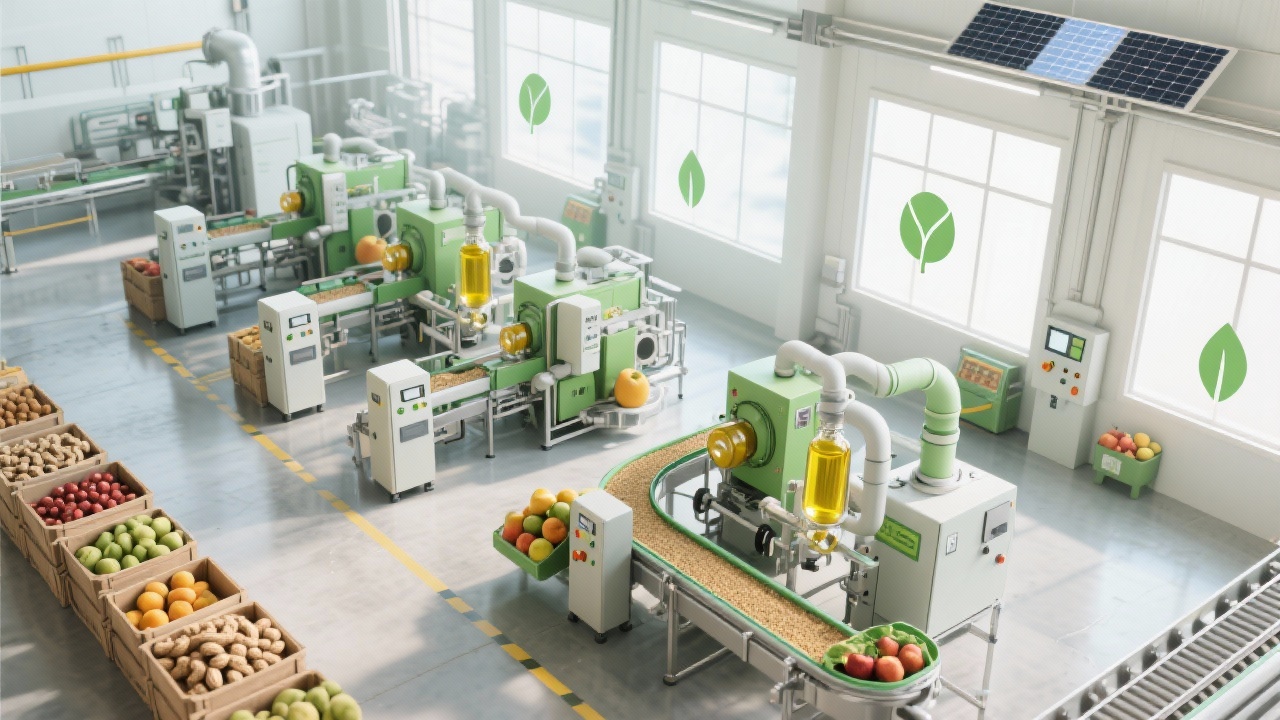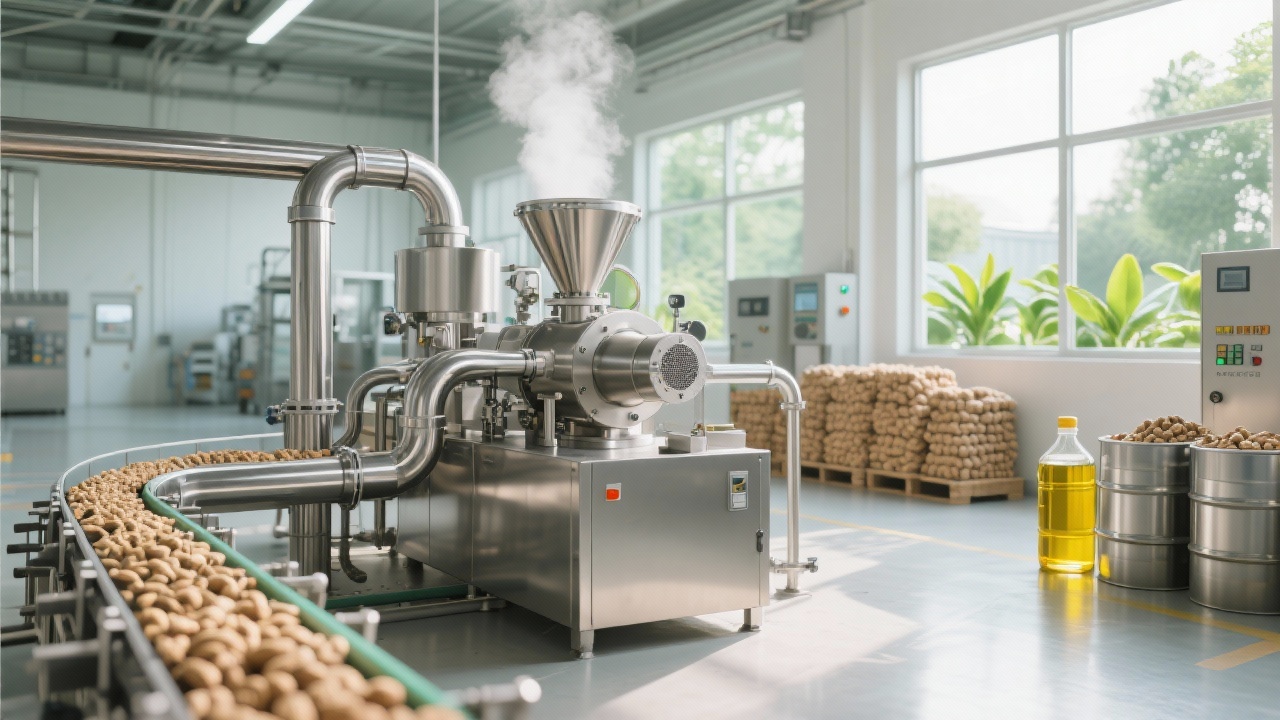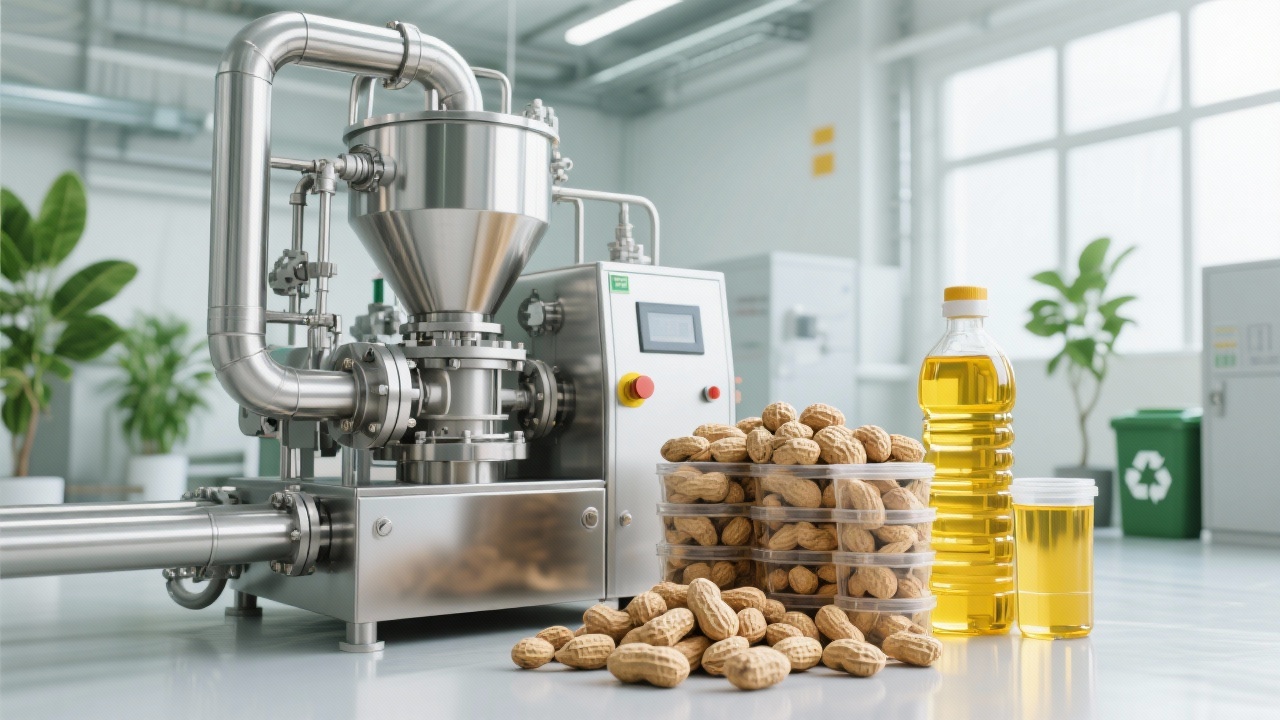
In the dynamic landscape of industrial manufacturing, hydraulic presses play a pivotal role in various sectors, from food processing to metalworking. This article delves deep into the development trends of the hydraulic press industry, with a particular focus on the energy-saving and environmentally friendly design of these machines and its positive impact on enhancing production efficiency and extending equipment lifespan.
As global awareness of environmental protection and energy conservation grows, the demand for energy-efficient and environmentally friendly industrial equipment has surged. Hydraulic presses are no exception. Energy-saving design in hydraulic presses not only reduces energy consumption but also minimizes the environmental impact. For instance, by using advanced hydraulic systems that optimize power usage, a hydraulic press can significantly cut down on electricity costs. Studies have shown that energy-efficient hydraulic presses can reduce energy consumption by up to 30% compared to traditional models.
Moreover, environmentally friendly design also includes the use of non-toxic and recyclable materials in the manufacturing process. This not only meets the regulatory requirements but also enhances the brand image of the manufacturer. For example, some hydraulic presses are now designed with biodegradable hydraulic fluids, which are less harmful to the environment in case of leakage.

The structural robustness of a hydraulic press is closely related to its maintenance management. A well-structured hydraulic press is easier to maintain and has a longer lifespan. For example, a hydraulic press with a solid frame can better withstand the high pressure during operation, reducing the risk of structural damage. In addition, proper maintenance management can further enhance the structural integrity of the equipment.
Regular inspection of the hydraulic system is crucial for the proper functioning of a hydraulic press. This includes checking the hydraulic fluid level, pressure, and temperature. For example, if the hydraulic fluid level is too low, it can cause the pump to overheat and damage the system. A simple way to check the fluid level is to use a dipstick. If the fluid level is below the recommended level, it should be topped up immediately.
Pressure testing is also an important part of hydraulic system inspection. High or low pressure can indicate potential problems in the system. A pressure gauge can be used to measure the pressure. If the pressure is outside the normal range, further investigation is needed to identify the cause.
Proper lubrication is essential for the smooth operation of a hydraulic press. Lubrication reduces friction between moving parts, which in turn reduces wear and tear and extends the lifespan of the equipment. Different parts of the hydraulic press require different types of lubricants. For example, the hydraulic pump may require a high-viscosity lubricant, while the bearings may require a low-viscosity lubricant.
Regular lubrication maintenance includes checking the lubricant level, changing the lubricant at the recommended intervals, and cleaning the lubrication points. For example, if the lubricant becomes contaminated, it can cause damage to the moving parts. Therefore, it is important to change the lubricant regularly to ensure its effectiveness.

Seals are an important part of a hydraulic press as they prevent hydraulic fluid leakage. Over time, seals can wear out and need to be replaced. Regular inspection of the seals is necessary to detect any signs of wear or damage. For example, if there is a visible leak around a seal, it is a clear indication that the seal needs to be replaced.
Proper storage and handling of seals are also important to ensure their longevity. Seals should be stored in a cool, dry place away from direct sunlight and heat sources. When installing seals, it is important to follow the manufacturer's instructions to ensure a proper fit.
Despite proper maintenance, hydraulic presses may still encounter problems from time to time. This section will detail the troubleshooting steps and the handling of common problems, with the help of rich cases and practical suggestions.
Some common problems in hydraulic presses include low pressure, high temperature, and abnormal noise. Low pressure can be caused by a leak in the hydraulic system, a faulty pump, or a clogged filter. High temperature can be due to excessive friction, a malfunctioning cooling system, or overloading. Abnormal noise can indicate a problem with the moving parts, such as loose bearings or a damaged gear.
When troubleshooting a hydraulic press, it is important to follow a systematic approach. First, gather as much information as possible about the problem, such as the symptoms, the operating conditions, and the maintenance history. Then, conduct a visual inspection of the equipment to check for any obvious signs of damage or leakage. Next, use diagnostic tools, such as pressure gauges and temperature sensors, to measure the relevant parameters.
Based on the information gathered and the test results, identify the possible causes of the problem. Then, take appropriate measures to solve the problem. For example, if the problem is a leak in the hydraulic system, the leak point needs to be located and repaired. If the problem is a faulty pump, the pump may need to be replaced.

In line with the ISO 9001:2000 quality system specification, standardized operation and maintenance are essential for the safe and efficient operation of hydraulic presses. Standardized operation ensures that the equipment is used correctly, while standardized maintenance ensures that the equipment is maintained in a timely and proper manner.
For example, a standardized maintenance process includes regular inspections, lubrication, and replacement of worn parts. By following a standardized maintenance schedule, the risk of equipment failure can be significantly reduced. In addition, standardized operation also includes safety procedures, such as wearing appropriate personal protective equipment and following the operating instructions.
Penguin Group has introduced an easy-to-maintain hydraulic press that combines the latest energy-saving and environmentally friendly design with advanced maintenance features. This hydraulic press is designed with a user-friendly structure, making it easy to access and maintain the key components. For example, the hydraulic system is designed with quick-connect fittings, which make it easy to replace the hydraulic hoses.
In addition, Penguin Group provides comprehensive after-sales service, including technical support, spare parts supply, and on-site maintenance. This ensures that customers can get timely assistance whenever they encounter problems with their hydraulic presses. With Penguin Group's hydraulic press, customers can achieve long-term stable operation and efficient production, maximizing their economic benefits.
| Question | Answer |
|---|---|
| How often should I check the hydraulic fluid level? | It is recommended to check the hydraulic fluid level daily or before each use, depending on the frequency of operation. |
| What should I do if I find a leak in the hydraulic system? | First, stop the operation of the hydraulic press immediately. Then, locate the leak point and repair it. If you are not sure how to repair the leak, contact the manufacturer or a professional technician. |
| How often should I change the lubricant in the hydraulic press? | The lubricant change interval depends on the type of lubricant and the operating conditions. Generally, it is recommended to change the lubricant every 3 - 6 months. |
In conclusion, the hydraulic press industry is evolving towards energy-saving, environmentally friendly, and easy-to-maintain designs. By understanding the industry trends and following proper maintenance procedures, users can ensure the long-term stable operation and efficient production of their hydraulic presses. Penguin Group's easy-to-maintain hydraulic press, with its advanced features and comprehensive after-sales service, is a reliable choice for businesses looking to enhance their production efficiency and reduce maintenance costs. Explore Penguin Group's hydraulic presses today and experience the difference in quality and service!